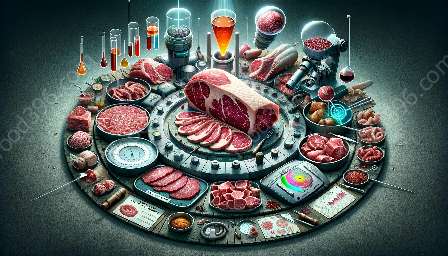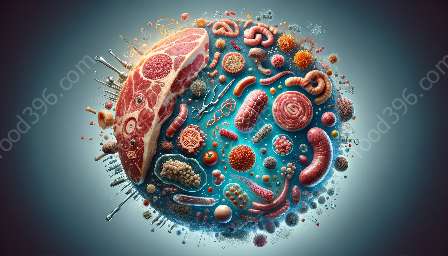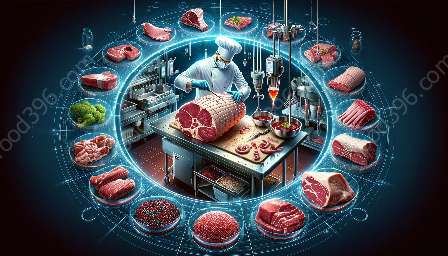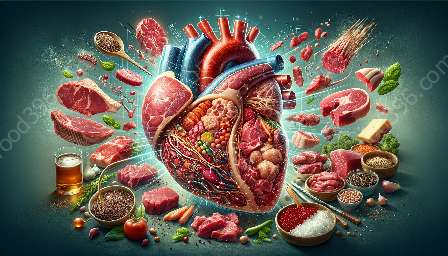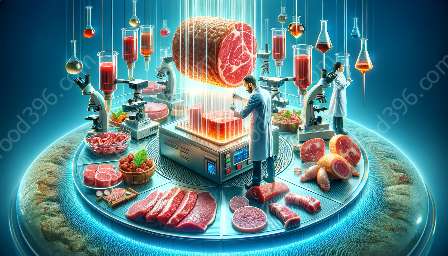Meat quality evaluation is a critical aspect of meat science that plays a significant role in the food & drink industry. It involves assessing various attributes of meat to determine its overall quality, including factors such as tenderness, juiciness, flavor, and safety. In this comprehensive guide, we will explore the fascinating world of meat quality evaluation, covering the key aspects of this topic and its relevance in the context of meat science and food & drink.
Factors Influencing Meat Quality
Before delving into the evaluation process, it’s important to understand the key factors that influence meat quality. These factors can be categorized into intrinsic and extrinsic factors. Intrinsic factors include the animal species, breed, age, sex, and muscle type, while extrinsic factors encompass pre-slaughter handling, transportation, and post-slaughter conditions. Additionally, genetic traits, nutrition, and animal welfare practices also contribute to the overall quality of the meat.
Meat Quality Attributes
Meat quality is multi-faceted, encompassing various attributes that collectively define its desirability. The primary attributes include:
- Tenderness: Tenderness is a crucial attribute that directly influences consumer satisfaction. It is influenced by the structural integrity of the meat and the presence of connective tissues and muscle fibers.
- Juiciness: The juiciness of meat is determined by its water-holding capacity and fat content, contributing to the overall sensory experience.
- Flavor: The flavor of meat is influenced by factors such as fat content, marbling, and aging, resulting in distinct taste profiles.
- Color: Meat color, including factors such as brightness, redness, and discoloration, plays a significant role in consumer perception and acceptance.
- Food Safety: Ensuring the safety of meat products is paramount, requiring evaluation for pathogens, contaminants, and proper handling and storage practices.
Methods of Meat Quality Evaluation
Assessing meat quality involves the use of diverse methods and technologies to quantitatively and qualitatively measure its attributes. Common methods include:
- Sensory Evaluation: This subjective method involves skilled panelists assessing meat attributes such as tenderness, juiciness, flavor, and overall acceptance through sensory analysis.
- Instrumental Measurement: Instrumental techniques, including texture analysis, color measurement, and spectroscopy, provide objective data on meat attributes, offering precise and standardized measurements.
- Chemical Analysis: Chemical methods, such as determining the meat’s fat content, protein composition, and moisture levels, aid in assessing nutritional value and compositional quality.
- Microbiological Testing: To ensure food safety, microbiological tests are conducted to detect pathogens and contaminants that may pose risks to consumers.
Role of Meat Quality in the Food & Drink Industry
Meat quality plays a pivotal role in the food & drink industry, impacting consumer preferences, product development, and food safety standards. High-quality meat is essential for producing premium products, including steaks, burgers, sausages, and processed meats, attracting discerning consumers seeking superior taste and nutritional value.
The evaluation of meat quality directly influences the development of new products, as it guides the selection of raw materials and production processes to meet specific quality standards and enhance the overall sensory experience for consumers.
Conclusion
The evaluation of meat quality is a complex and multifaceted process that intertwines various scientific disciplines, such as meat science and food technology. Understanding the factors influencing meat quality, assessing its attributes, and ensuring its safety are pivotal in meeting consumer demand and industry standards. By embracing innovative technologies and research advancements, the industry continues to improve meat quality evaluation, thereby enhancing the overall quality of meat products in the food & drink market.


